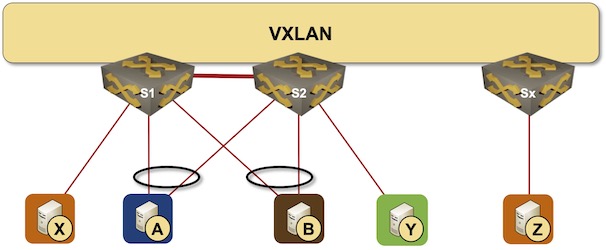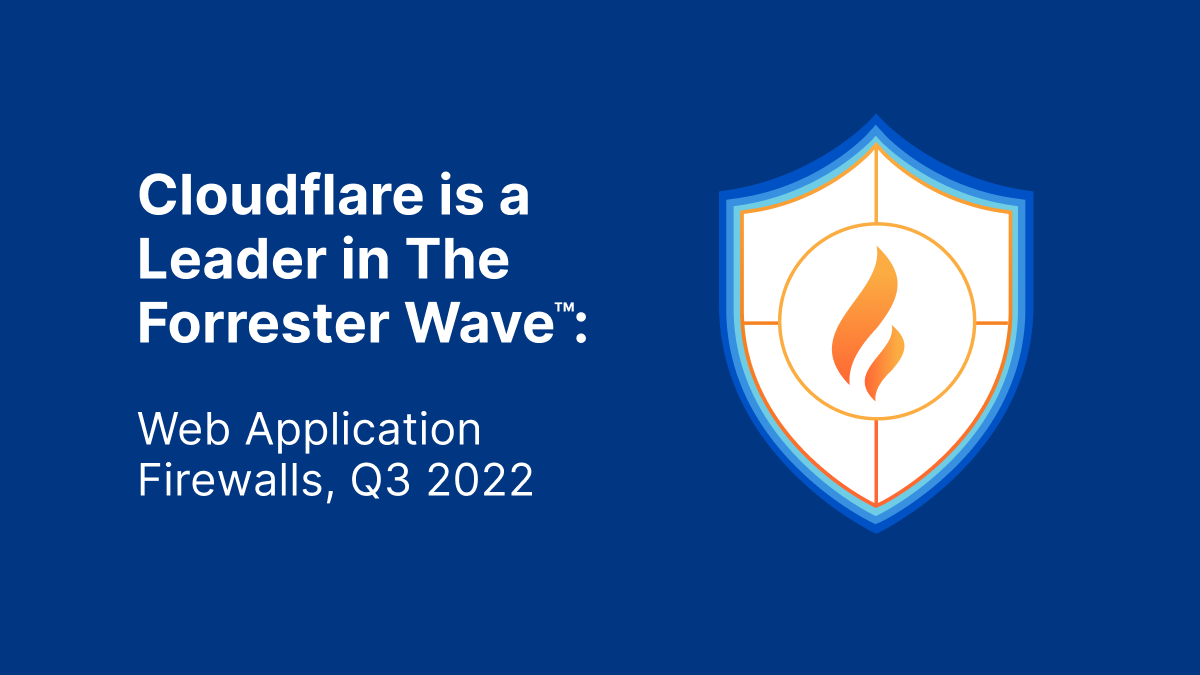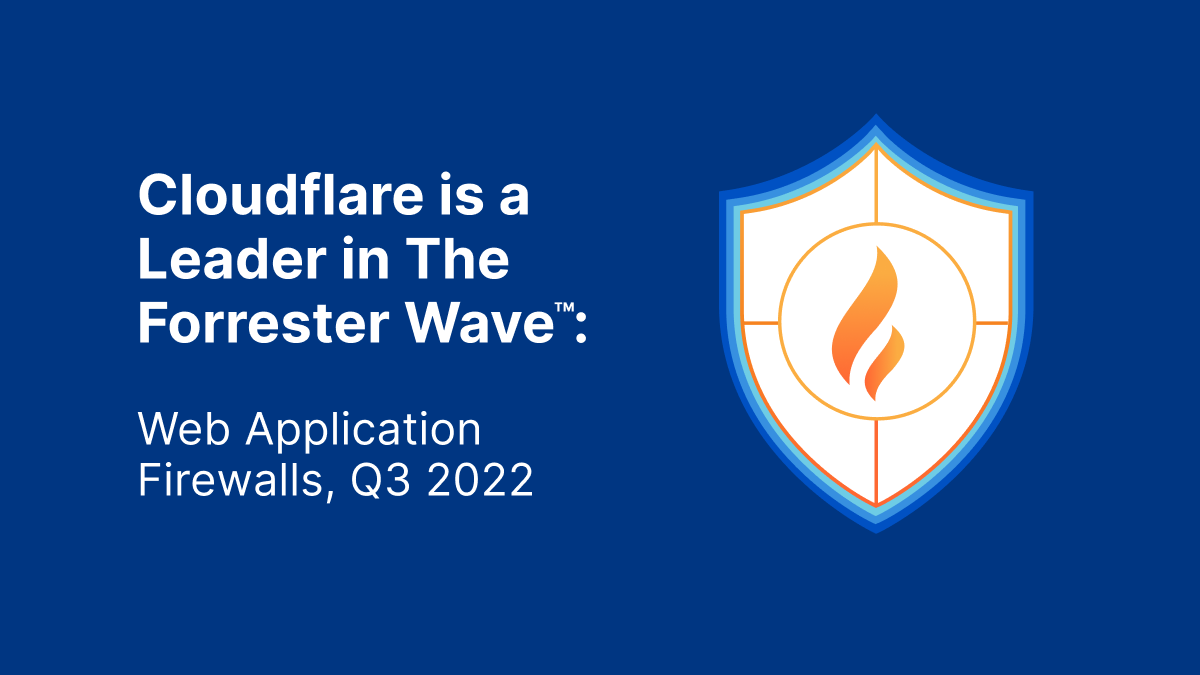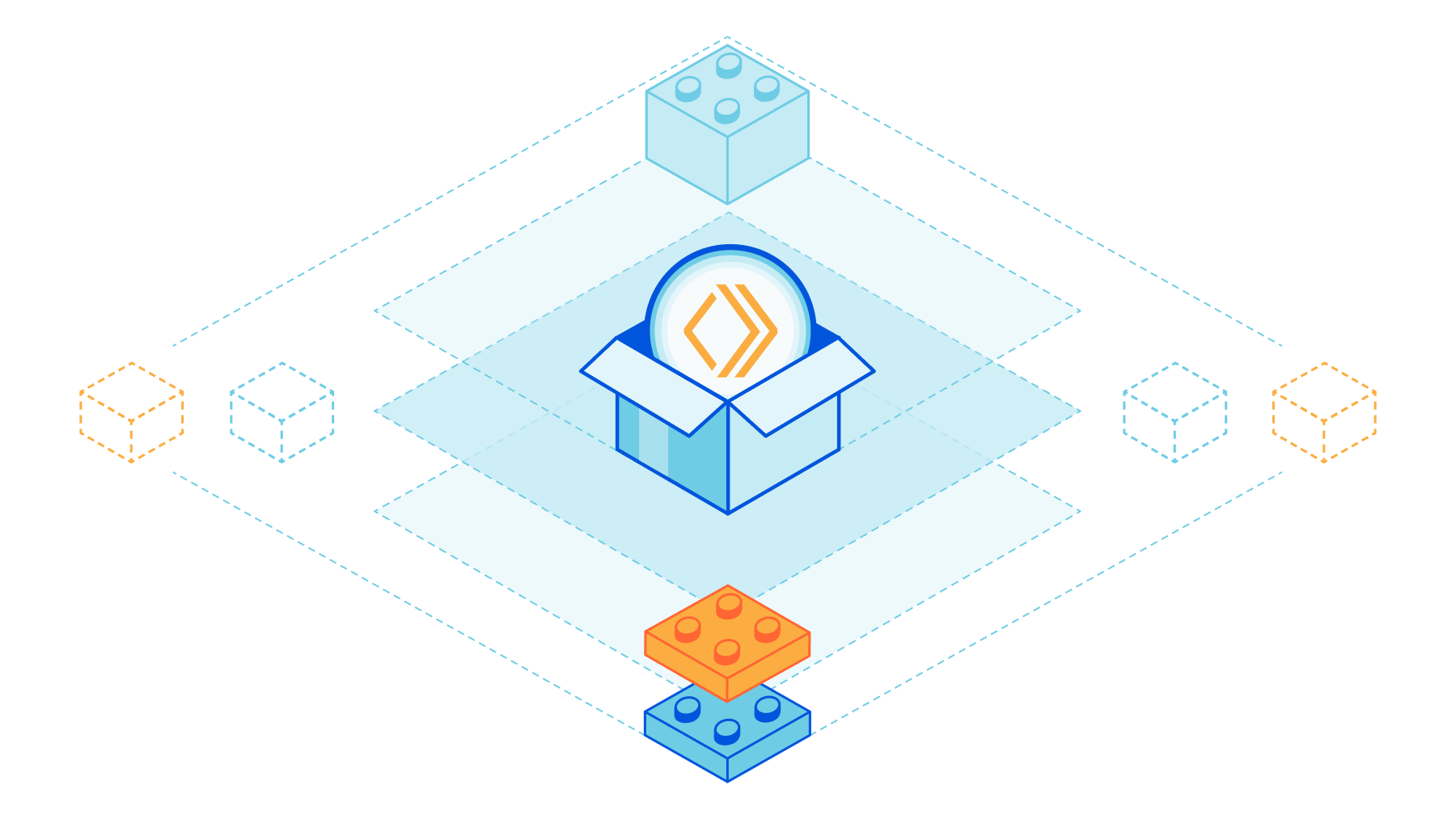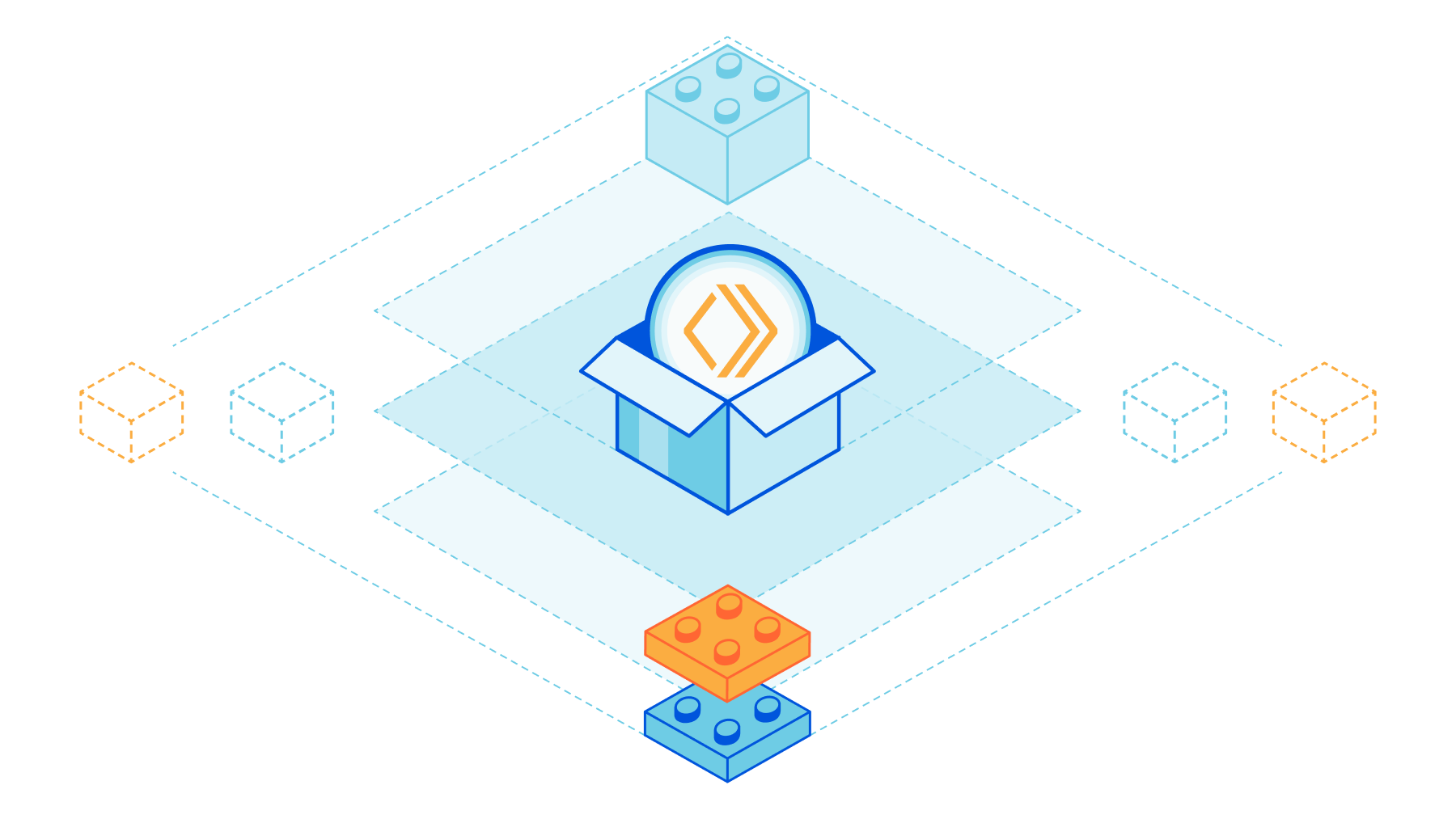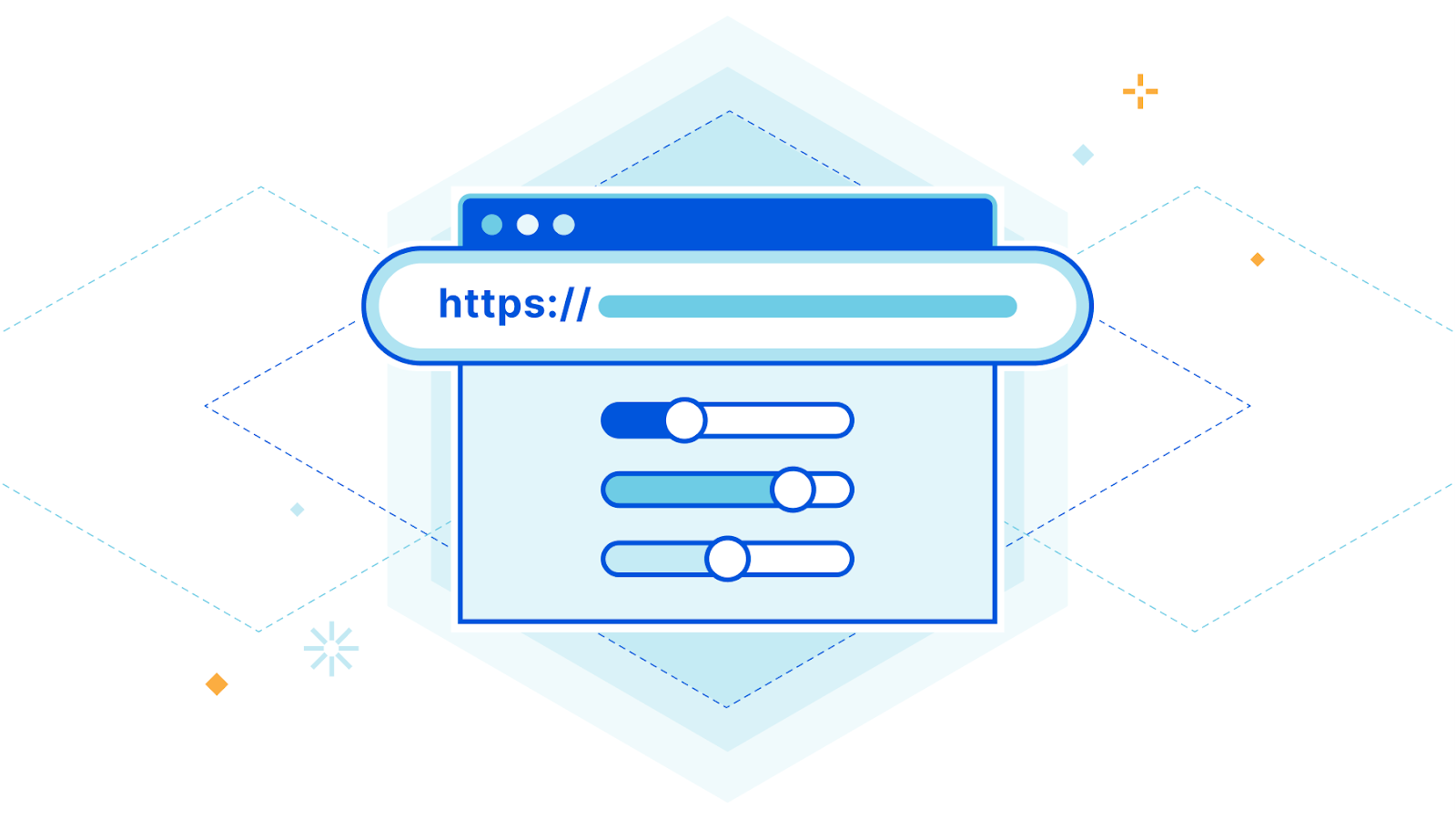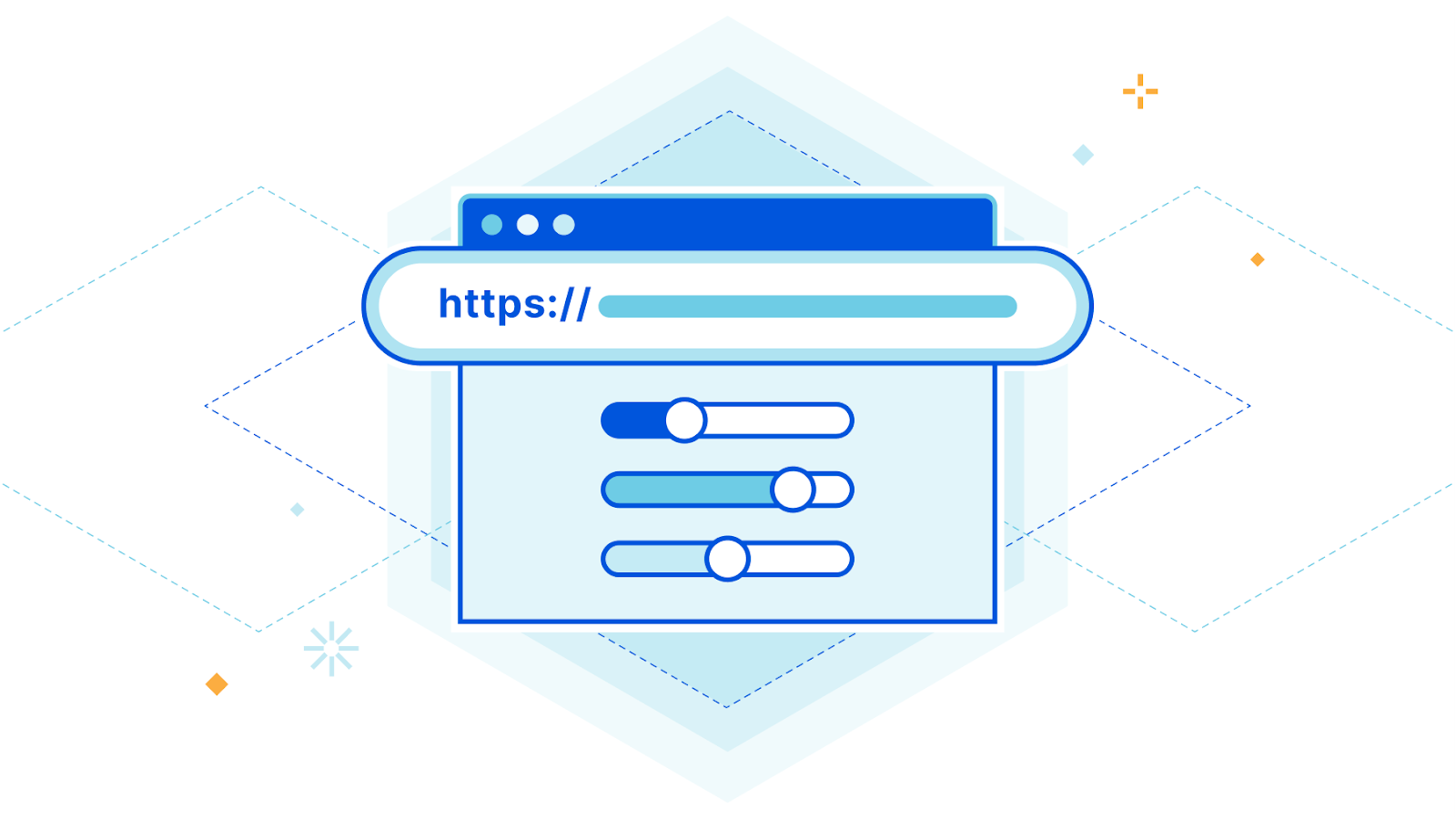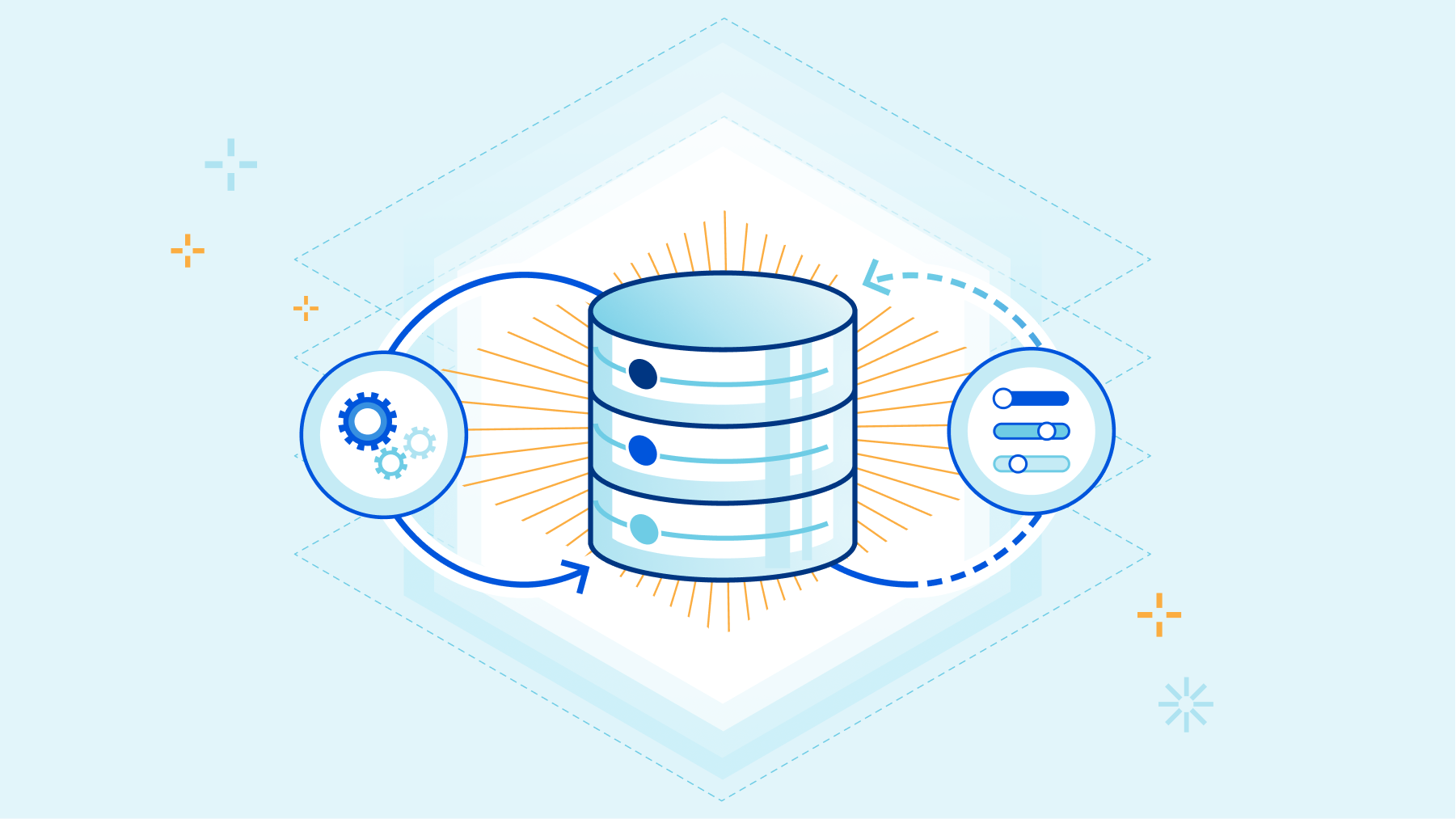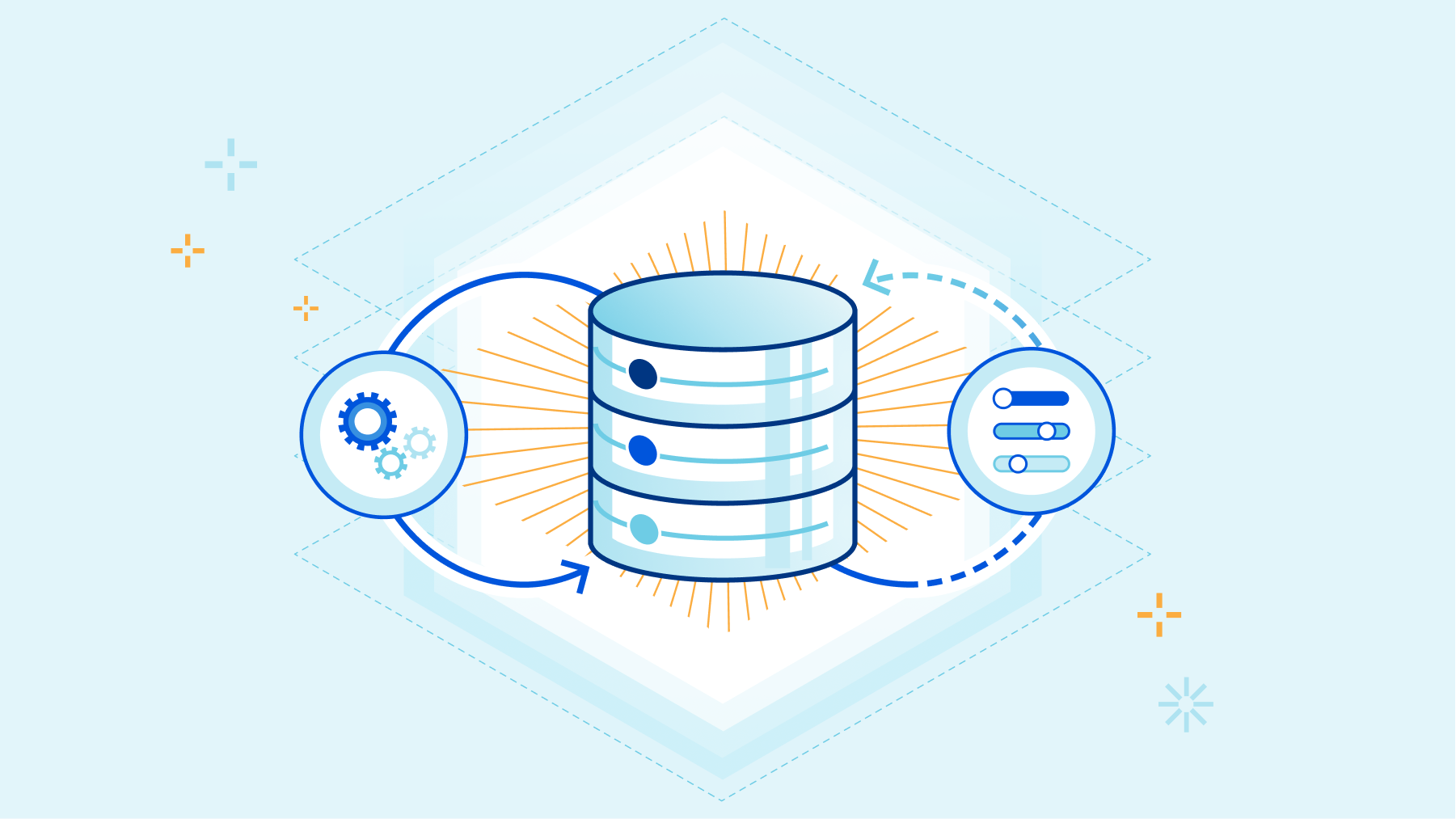Dynamic inventory plugin collection for network device management
Tackling the complexities of enterprise inventories
One common challenge our customers face is the need to track hosts from multiple sources: LDAP, cloud providers, and enterprise CMDB systems. Using a dynamic inventory allows users to integrate with these systems and update the Ansible inventory as it varies over time, with hosts spinning up and shutting down in response to business demands.
Ansible supports two ways to connect with external inventory: Inventory plugins and inventory scripts.
Today we are going to cover dynamic inventory plugins as a Collection for network device management through an /etc/hosts file. This same type of setup can be used for creating any dynamic inventory using different items from /etc/hosts files to ini files or even csv’s.
The first mission: Where is the source of truth?
We are going to start by figuring out the source of truth of the inventory we want to import.
If you want to test and use this inventory plugin you can find the code in this Github repository:
https://github.com/jmcleroy/inventoryplugin.git
In this case, it will be an /etc/hosts file externally stored in the Github/Gitlab inventory plugin repo as a test, in a similar fashion this file Continue reading

